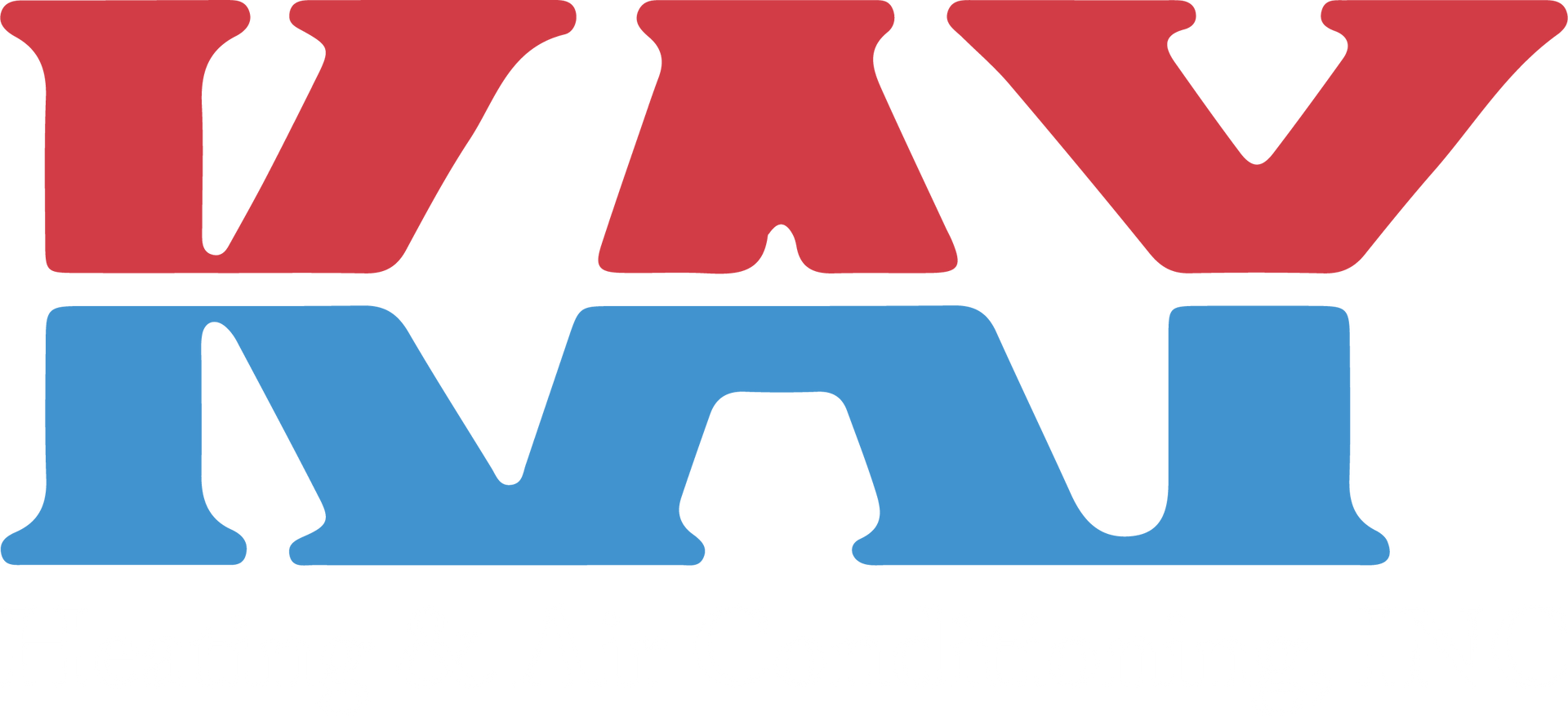Many believe that staying indoors helps protect against allergens, but did you know that your home's indoor air quality (IAQ) could be contributing to allergy symptoms? Common indoor allergy symptoms such as frequent sneezing, itchy eyes, and congestion may actually be a result of dust mites, pet dander, and mold spores circulating in your home.
Airborne allergens often infiltrate homes through HVAC systems, which can significantly impact health. Here's how to tell if allergens are affecting your home's air quality:
- Frequent sneezing and itchy eyes: If these symptoms worsen indoors, it could be due to allergens like dust mites or pet dander.
- Visible dust buildup: Noticeable dust on surfaces or floating in sunlight suggests poor air filtration and excessive allergens.
- Musty odors or stale air: Lingering smells may indicate inadequate ventilation, trapping allergens inside.
- Pets showing symptoms: If your pets are sneezing or scratching, they might be affected by the same airborne irritants harming you.
- HVAC efficiency issues: A system that struggles to perform or needs frequent filter changes could be circulating allergens.
To combat these signs of poor indoor air quality, consider these HVAC solutions:
- Replace air filters regularly: Utilizing high-efficiency filters can significantly improve air quality by capturing more allergens.
- Schedule regular HVAC maintenance: This helps prevent dust and allergen buildup, ensuring your system runs smoothly.
- Enhance ventilation: Use exhaust fans, open windows when feasible, and ensure proper HVAC airflow to reduce trapped allergens.
Maintaining good indoor air quality is vital for reducing allergy symptoms and fostering a healthier home environment. Professional HVAC services can be key to achieving cleaner air. Don't wait—schedule an HVAC inspection or maintenance service today and take charge of your home's air quality.


